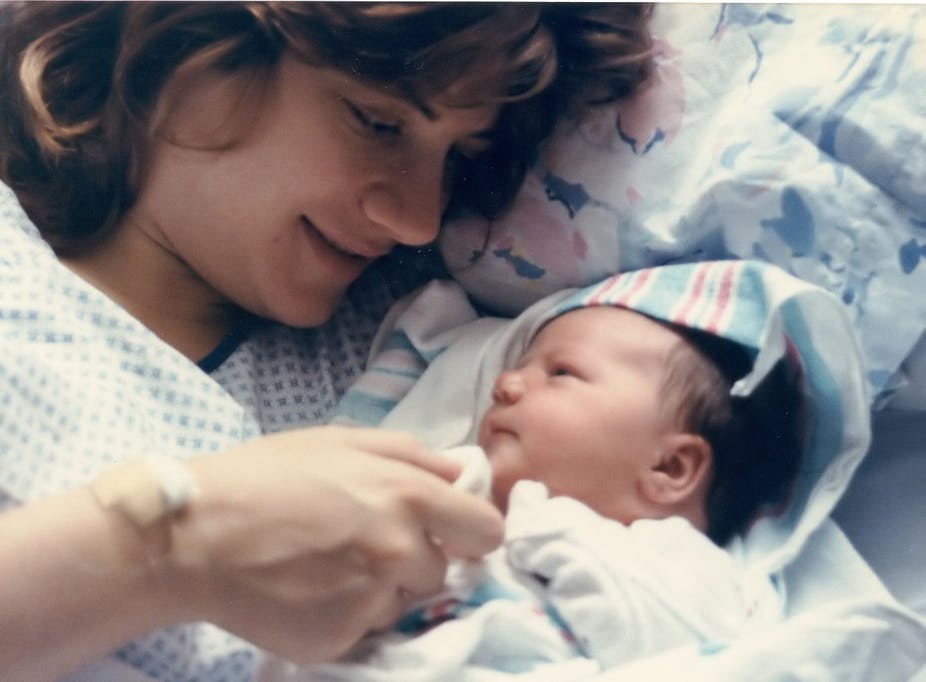All memories aren’t created equal. Whether you remember an event the next day, week or year, depends on a number of factors, the most important one of which is the emotion associated with it.
Emotional events capture attention faster that non-emotional ones. And people tend to reminisce more about them. So memories of emotionally-dense happenings are formed in great detail, allowing them to be remembered extremely vividly, even many years later.
What you recall
For instance, how well can you remember where you were when you heard the news of the September 11 terrorist attacks on the United States? Most people remember it in great detail – exactly where they were, who they were with, even the weather, or what was cooking in the kitchen.
Emotional memories such as these are known as “flashbulb memories”. These are special memories recalled in such great detail that it’s as if your brain took a photograph at the time.
The tendency for emotional events to be imprinted on the brain is not restricted to unexpected, public events. Events such as the birth of your child, your wedding day or arguments you’ve had, are also remembered more vividly and in greater detail than other routine events that occurred around the same time.
This remarkable phenomenon demonstrates how the brain adapts and colours our memory, depending on the circumstances.
Where emotional memories are formed
The idea that emotional memories are uniquely stored in the brain is not new. As early as 1890, the philosopher and psychologist William James suggested that emotional events leave “a scar upon the cerebral tissues”.
The brain regions underpinning this emotional boost, however, have not been well understood.
In 1994, neuroscientist Ralph Adolphs, described a woman he called S.M., who suffers from a rare genetic disease called Urbach-Wiethe disease. This illness causes a specific structure in the brain known as the amygdala to wither and shrink away.
Patient S.M. experiences no fear and has difficulty recognising fear in others. Most surprisingly, her emotional memories are severely affected, showing none of the emotional boost that is usually seen in healthy adults.

S.M. provided an important piece of information about where in the brain emotional memories may be formed.
Memories and dementia
In order to investigate emotional memories more closely, our research groups examined this fascinating phenomenon in patients with frontotemporal dementia. This is a rare form of dementia that affects people in their 50s and 60s. Unfortunately, no treatment or cure exists.
People with frontotemporal dementia struggle in social situations and have difficulty understanding how other people are feeling, suggesting that the parts of their brain important for emotion are affected.
We showed patients with frontotemporal dementia and healthy adults, pictures that normally evoke an emotional response (snakes, for instance, and car accidents). We then tested their memory for the emotional pictures and other non-emotional pictures (houses and cups).
Patients with frontotemporal dementia showed no emotional boost, whereas healthy adults remembered more of the pictures linked to strong feelings. This showed that emotional memories are disturbed in frontotemporal dementia.
When we related this loss of emotional memories to changes in the brain, we discovered that shrinkage in the orbitofrontal cortex was responsible.
Our findings provide new information about where emotional memories are formed. We showed that it’s not only the amygdala, but also the orbitofrontal cortex, that’s crucial for the formation of strong memories.
A grey world
Our results provide crucial insight into how people with frontotemporal dementia experience the world. It appears that for these patients, emotional life events, such as attending their daughter’s wedding, are only as memorable as mundane events, such as refilling the car with petrol.
One can only imagine how isolating it must be for people to have their memories stripped of emotional content, as they cannot experience the rich detail of important life events that colours the memories of healthy people.
Continued understanding of the complex interplay between emotion and memory will not only help us identify how we remember things, but also why we remember some things better than others.
Improved understanding of these processes in the brain can offer important clues about how rich emotional experiences colour our memories and shape our experience of the world.

